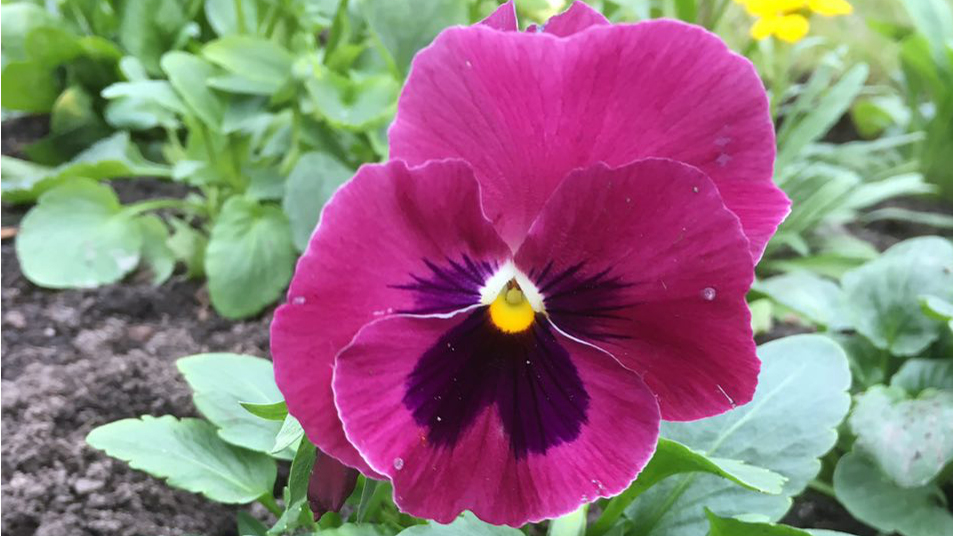Viola flower helps to advance light harvesting in solar cells
Sometimes fascinating technologies emerge when scientists take a close look at colorful flowers. Investigating a multitude of different plant and flower textures, researchers at Karlsruhe Institute of Technology (KIT) found the texture of the viola petal (Viola wittrockiana) to drastically reduce reflection losses. In nature, this effect leads to a bright and saturated color impression, which the flowers use to attract possible pollinators. The team around Ulrich W. Paetzold from the "Institute of Microstructure Technology" (IMT) in cooperation with the "Light Technology Institute" (LTI) now demonstrated a 6% relative improved performance of a silicon solar cell by using the viola as front side texture. The results are published in "ACS Photonics Letter".
A detailed analysis of the surface texture of the viola flower reveals that it exhibits a hierarchical texture consisting of cones in the order of tens of micrometers and nanoscopic wrinkles adorned on top of the cones. This hierarchical texture is able to efficiently increase light incoupling when used as coating on top of solar cells. In addition, it reduces the loss of light at the interface between the encapsulation and the solar cell, by redirecting escaping light. According to the scientists, an application of the new findings is not limited to silicon solar cells, but also applicable to other technologies, where reflection losses occur. Besides, the revealed harvesting effect can be exploited further: "We are currently working on artificially designed textures for even better light harvesting in photovoltaics”, lead author Raphael Schmager commented.
Information on the Research Group
mhe, 17.11.2017

